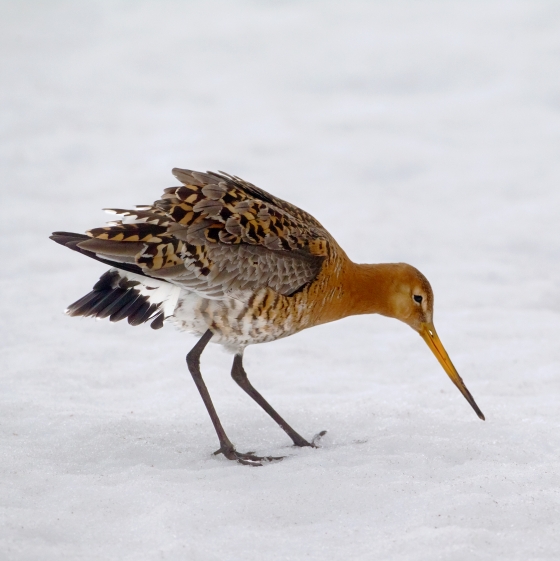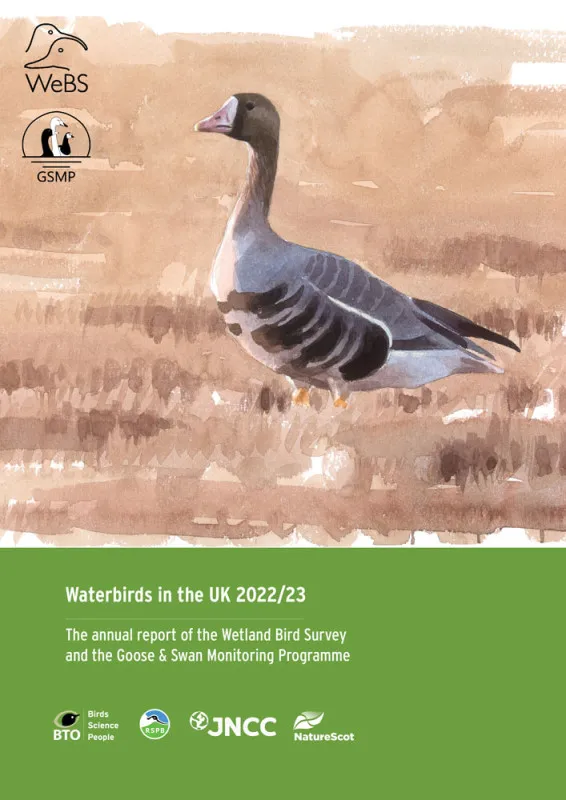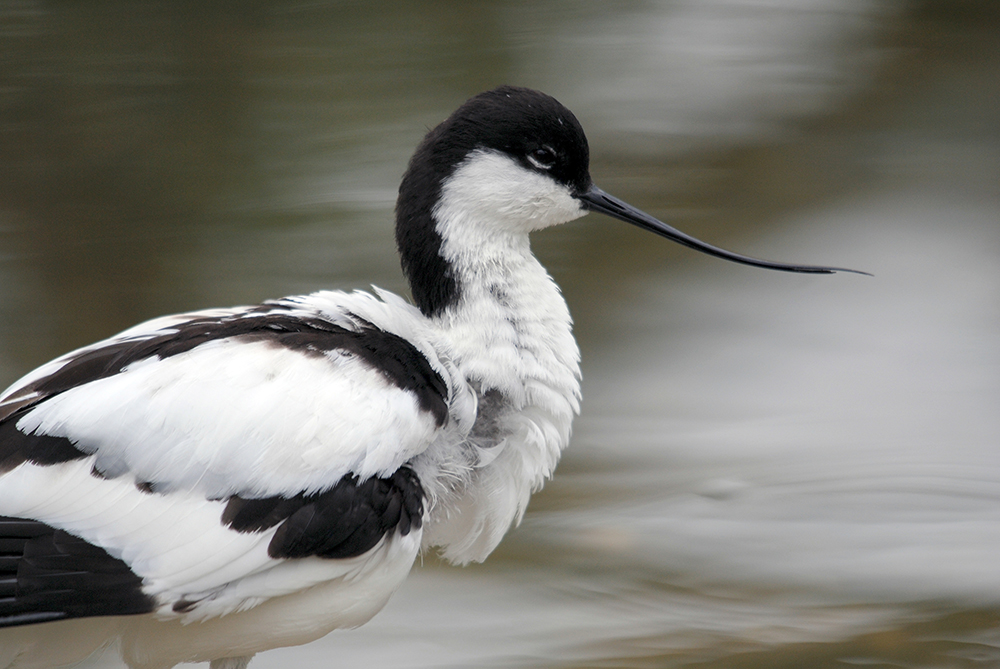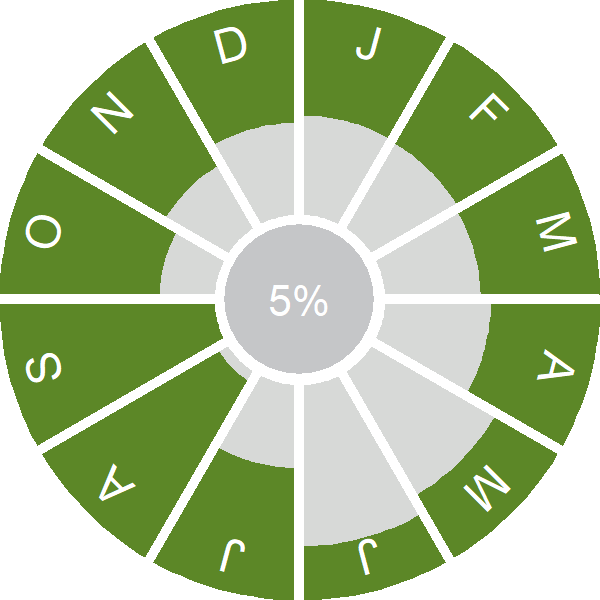Black-tailed Godwit

Introduction
This long-legged wader is more often found near freshwater than its maritime cousin, the Bar-tailed Godwit, and has plainer plumage.
A very scarce breeder, the Black-tailed Godwit is encountered in greatest numbers in the spring and autumn months as birds move south from their breeding grounds in Iceland to wintering areas in Britain, Ireland, France and Portugal. Colour-ringing has shown that whilst individuals tend to winter in the same location each year, members of each pair often winter in different countries.
While only the smallest handful of pairs now breed in Britain, WeBS counts show the no-breeding population increasingly rapidly as a result of agricultural changes in Iceland, where most of our birds come from.

Key Stats
Identification
ID Videos
This section features BTO training videos headlining this species, or featuring it as a potential confusion species.
Godwits
Songs and Calls
Call:
Alarm call:
Other:
Status and Trends
Conservation Status
Population Change
The Black-tailed Godwit breeding in the UK are mostly from the limosa subspecies breeding in East Anglia, with a much smaller number of pairs from the islandica subspecies also breeding in Scotland. During thefive-year period 2013–17, a mean of 46 pairs of limosa and seven pairs of islandica were recorded (RBBP data; APEP4). The numbers and range of limosa have declined over the last fifty years (Balmer et al. 2013). Numbers have remained very low but relatively stable in the 25 years to 2019, and in the five-year period 2015–2019, there was a mean of 53 breeding pairs of Black-tailed Godwits (both subspecies) (Eaton et al. 2021). However, there have recently been declines in the limosa popualtion at its main site, from 48 pairs in 2006 to 37 pairs in 2014 (Verhoeven et al. 2021).
Distribution
Most Black-tailed Godwits wintering in Britain & Ireland originate from the icelandica subspecies that breeds in Iceland. In winter they are found around coastlines with soft muddy shorelines and with nearby wet grasslands. A significant number also winter around inland wetland grassland systems such as the Ouse Washes. In contrast, the small breeding population is mostly of the nominate limosa subspecies. The Ouse and Nene Washes in East Anglia remain the centre of the British breeding population. Outlying breeding records in northern Scotland may relate to extralimital icelandica breeders.
Occupied 10-km squares in UK
or view it on Bird Atlas Mapstore.
or view it on Bird Atlas Mapstore.
European Distribution Map
Distribution Change
The Icelandic breeding population has undergone a sustained breeding population increase, resulting in a long-term increase in the numbers wintering in Britain and Ireland and a concurrent range expansion.
Change in occupied 10-km squares in the UK
or view it on Bird Atlas Mapstore.
or view it on Bird Atlas Mapstore.
Seasonality
Black-tailed Godwits are recorded throughout the year with a strong peak in autumn migration.
Weekly pattern of occurrence
The graph shows when the species is present in the UK, with taller bars indicating a higher likelihood of encountering the species in appropriate regions and habitats.

Movement
Britain & Ireland movement
Foreign locations of birds ringed or recovered in Britain & Ireland
Dots show the foreign destinations of birds ringed in Britain & Ireland, and the origins of birds ringed overseas that were subsequently recaptured, resighted or found dead in Britain & Ireland. Dot colours indicate the time of year that the species was present at the location.
- Winter (Nov-Feb)
- Spring (Mar-Apr)
- Summer (May-Jul)
- Autumn (Aug-Oct)

European movements
EuroBirdPortal uses birdwatcher's records, such as those logged in BirdTrack to map the flows of birds as they arrive and depart Europe. See maps for this species here.
The Eurasian-African Migration Atlas shows movements of individual birds ringed or recovered in Europe. See maps for this species here.
Biology
Productivity and Nesting
Nesting timing
Egg measurements
Clutch Size
Survival and Longevity
Survival is shown as the proportion of birds surviving from one year to the next and is derived from bird ringing data. It can also be used to estimate how long birds typically live.
View number ringed each year in the Online Ringing Report.
lifespan
Survival of adults
Biometrics
Wing length and body weights are from live birds (source).
Wing length
Body weight
Ring Size
Classification, names and codes
Classification and Codes
- Order: Charadriiformes
- Family: Scolopacidae
- Scientific name: Limosa limosa
- Authority: Linnaeus, 1758
- BTO 2-letter code: BW
- BTO 5-letter code: BLTGO
- Euring code number: 5320
Alternate species names
- Catalan: tètol cuanegre
- Czech: brehouš cernoocasý
- Danish: Stor Kobbersneppe
- Dutch: Grutto
- Estonian: mustsaba-vigle
- Finnish: mustapyrstökuiri
- French: Barge à queue noire
- Gaelic: Cearra-ghob
- German: Uferschnepfe
- Hungarian: nagy goda
- Icelandic: Jaðrakan
- Irish: Guilbneach Earrdhubh
- Italian: Pittima reale
- Latvian: melna puskuitala
- Lithuanian: paprastasis griciukas
- Norwegian: Svarthalespove
- Polish: rycyk
- Portuguese: milherango
- Slovak: brehár ciernochvostý
- Slovenian: crnorepi kljunac
- Spanish: Aguja colinegra
- Swedish: rödspov
- Welsh: Rhostog Gynffonddu
- English folkname(s): Blackwit, Red Godwit
Research
Causes of Change and Solutions
Causes of change
The limosa subspecies is also declining in continental Europe and there is good evidence that the main driver of the declines is poor productivity due to agricultural intensification (Gill et al. 2007). Recent declines ofthe limosa population have been attributed to low breeding productivity resulting from an increase in predation pressure (Verhoeven et al. 2021). Intensive conservation efforts are being undertaken to manage the species at its remaining sites including 'head-starting', i.e. taking eggs and raising the resulting young in captivity before releasing them in the wild, in order to increase breeding productivity (Eaton et al. 2021; see also Project Godwit website for further info; https://projectgodwit.org.uk).
Publications (3)
Waterbirds in the UK 2022/23
Author: Woodward, I.D., Calbrade, N.A., Birtles, G.A., Feather, A., Peck, K., Wotton, S.R., Shaw, J.M., Balmer, D.E. & Frost, T.M.
Published: Winter 2024
It provides a single, comprehensive source of information on the current status and distribution of waterbirds in the UK for those interested in the conservation of the populations of these species and the wetland sites they use.Data from this edition of Waterbirds in the UK provide further evidence that wintering ducks, geese, swans and waders are adapting to climate change by altering their migration.
25.04.24
Reports Waterbirds in the UK

Consequences of population change for local abundance and site occupancy of wintering waterbirds
Author: Méndez, V., Gill, J.A., Alves, J.A., Burton, N.H.K. & Davies, R.G.
Published: 2017
Protected sites for birds are typically designated based on the site’s importance for the species that use it. For example, sites may be selected as Special Protection Areas (under the European Union Directive on the Conservation of Wild Birds) if they support more than 1% of a given national or international population of a species or an assemblage of over 20,000 waterbirds or seabirds. However, through the impacts of changing climates, habitat loss and invasive species, the way species use sites may change. As populations increase, abundance at existing sites may go up or new sites may be colonized. Similarly, as populations decrease, abundance at occupied sites may go down, or some sites may be abandoned. Determining how bird populations are spread across protected sites, and how changes in populations may affect this, is essential to making sure that they remain protected in the future.
20.09.17
Papers

Black-tailed Godwits on the Wash
Author: Clark, J.A., Clark, N.A., Gill, J.A. & Sutherland, W.J.
Published: 1993
01.01.93
Papers

